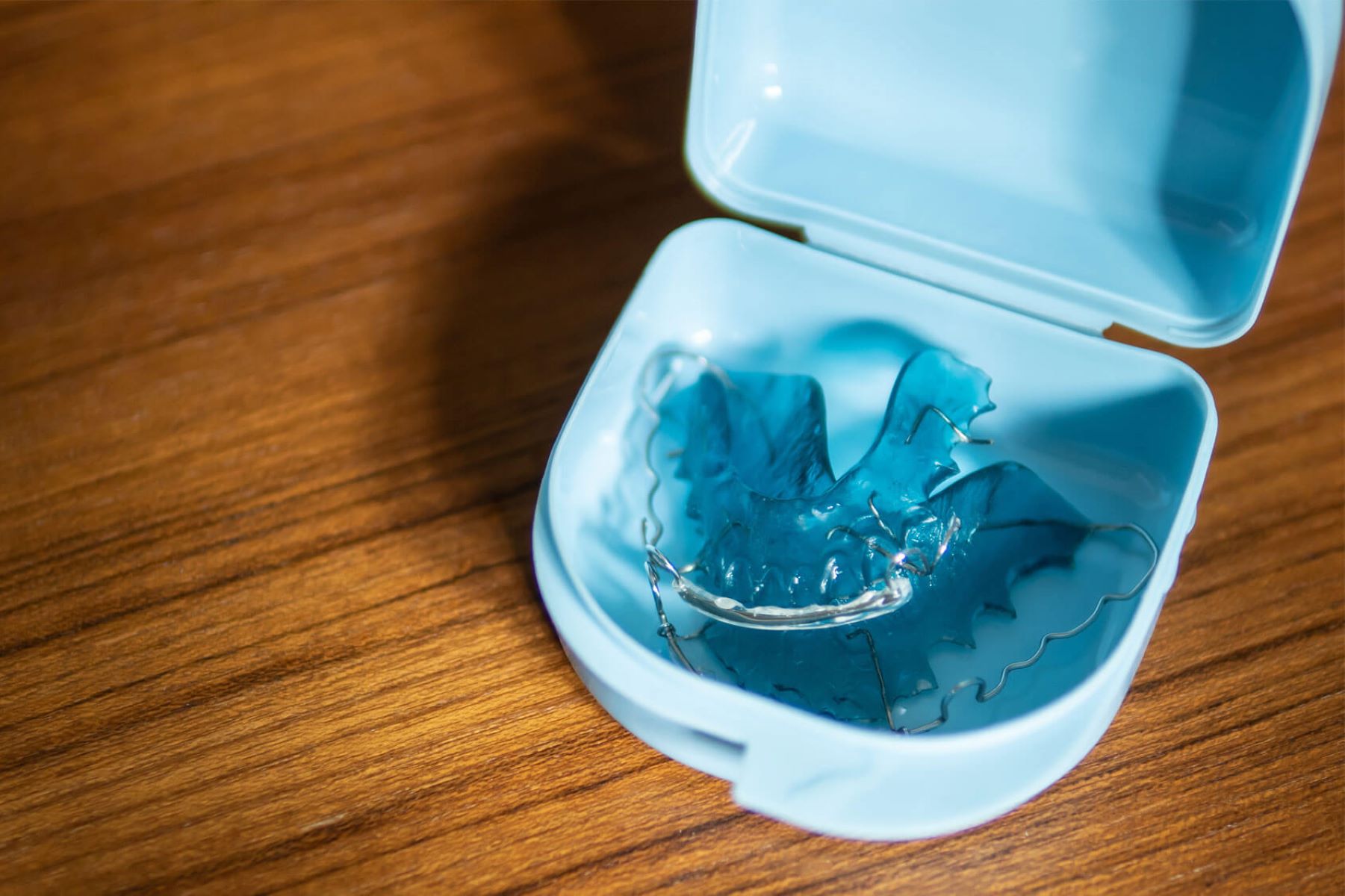

Articles
How To Store Retainers When Not In Use
Modified: August 24, 2024
Learn the best ways to store your retainers when not in use with these helpful articles.
(Many of the links in this article redirect to a specific reviewed product. Your purchase of these products through affiliate links helps to generate commission for Storables.com, at no extra cost. Learn more)
Introduction
Retainers are essential devices used to maintain the alignment and stability of teeth after orthodontic treatment. They play a crucial role in ensuring that your teeth stay in their corrected positions. However, it’s not enough to simply wear your retainer when necessary; proper storage is equally important.
When not in use, retainers should be stored correctly to prevent damage, ensure hygiene, and prolong their lifespan. Improper storage can lead to the buildup of bacteria, unpleasant odors, and even structural damage to the retainer. In this article, we will explore the importance of proper retainer storage and discuss best practices to help you keep your retainers safe and clean.
Key Takeaways:
- Proper storage of retainers is crucial for maintaining their effectiveness, hygiene, and longevity. Choose a storage option that fits your lifestyle and prioritize cleanliness to ensure optimal oral health.
- Regularly clean your retainers and storage containers to prevent bacterial buildup and unpleasant odors. Store your retainers in a safe location away from potential hazards and extreme temperatures to maintain their integrity.
Read more: How To Store A Cooler When Not In Use
Importance of Proper Retainer Storage
Proper retainer storage is essential for maintaining the effectiveness and hygiene of your orthodontic appliance. Here are some key reasons why proper storage is important:
- Prolonged Lifespan: Retainers are typically made from durable materials, but they are not indestructible. Proper storage can help prevent accidental damage such as bending or breaking, which can significantly shorten their lifespan.
- Hygiene: Retainers come into contact with your mouth and teeth, making them prone to bacterial growth. Storing your retainers properly helps minimize the buildup of bacteria, reducing the risk of oral infections and bad breath.
- Maintaining Retainer Effectiveness: Retainers work by applying consistent pressure to keep your teeth in their correct positions. If not stored properly, retainers can lose their shape and effectiveness, leading to a gradual relapse of teeth misalignment.
- Avoiding Loss or Misplacement: Retainers are small and can be easily misplaced or lost if not stored in a designated place. Proper storage practices help you keep track of your retainers and save you from the frustration and expense of having to replace them.
- Protection from Household Hazards: Storing retainers in a safe place away from potential hazards like pets, small children, and extreme temperatures is crucial. It helps prevent accidental damage caused by chewing, dropping, or exposure to heat.
By understanding the importance of proper retainer storage, you can take the necessary steps to ensure the longevity and effectiveness of your retainer, as well as maintain good oral hygiene.
Common Mistakes in Retainer Storage
Improper storage practices can negate the benefits of wearing a retainer and lead to various issues. Here are some common mistakes to avoid when it comes to retainer storage:
- Leaving Retainers Exposed: One of the most common mistakes is leaving retainers out in the open when they’re not being worn. Exposing retainers to air, dust, and other environmental factors can lead to contamination and bacterial growth.
- Using Unsanitary Containers: Storing retainers in containers that haven’t been properly cleaned or sanitized can introduce harmful bacteria to the appliance. It’s important to regularly clean the storage containers to maintain good oral hygiene.
- Storing Retainers with Wetness: Placing a wet or damp retainer into its storage container is a mistake that many people make. Moisture creates an ideal breeding ground for bacteria, increasing the risk of infections and unpleasant odors.
- Exposing Retainers to Extreme Temperatures: Extreme heat or cold can damage the plastic or metal components of your retainers. Avoid storing them in areas that are directly exposed to sunlight, heaters, or sources of extreme cold.
- Not Cleaning Retainers Properly: Failure to clean retainers regularly can result in the buildup of plaque, tartar, and bacteria. This can lead to oral health issues, such as gum disease and tooth decay.
These common mistakes can compromise the hygiene, integrity, and effectiveness of your retainers. By being aware of these pitfalls, you can ensure that you are storing your retainers correctly and avoid potential problems that may arise.
Best Practices for Storing Retainers
To ensure the proper storage and maintenance of your retainers, here are some best practices to follow:
- Clean Your Retainers Properly: Before storing your retainers, make sure to clean them thoroughly using a soft-bristle toothbrush and mild soap or retainer cleaning solution. Rinse them with water to remove any residue.
- Invest in a Retainer Case: Purchase a sturdy, well-ventilated retainer case to protect your retainer from outside elements while allowing airflow. A case with a label or personalized design can help you distinguish it from other similar cases.
- Avoid Harsh Chemicals: Use only mild cleaning solutions or approved retainer cleaning products to avoid damaging the plastic or metal components of your retainer. Avoid using hot water, mouthwash, or abrasive substances like toothpaste.
- Keep Retainers Moisture-Free: Ensure that your retainers are completely dry before storing them. Moisture can promote bacterial growth and cause unpleasant odors.
- Store in a Safe, Clean Location: Choose a dedicated storage location away from potential hazards like pets, children, and extreme temperatures. Avoid storing retainers in the bathroom where they can be exposed to moisture or accidentally knocked into the sink or toilet.
- Establish a Routine: Make retainer storage a habit by designating specific times and places for storing your retainers. This will help prevent misplacement or loss.
- Regularly Replace Storage Containers: Over time, storage containers can accumulate bacteria and wear out. Replace your retainer case or container periodically to ensure optimal hygiene.
- Keep Your Orthodontist Informed: If you notice any damage or unusual wear on your retainers, consult your orthodontist or dentist immediately. They can provide guidance on proper storage and maintenance.
By following these best practices, you can ensure that your retainers remain clean, safe, and effective, allowing you to maintain proper oral health and the integrity of your orthodontic treatment.
Option 1: Using a Retainer Case
One of the most convenient and popular options for storing your retainers is to use a dedicated retainer case. A retainer case provides protection and keeps your retainers secure when not in use. Here are some tips for using a retainer case:
- Invest in a Sturdy Case: Choose a retainer case made of durable materials to ensure proper protection for your retainers. Look for cases with a secure closure mechanism to prevent accidental openings.
- Opt for Ventilation: Select a retainer case with ventilation holes or slots. This allows proper airflow, reducing the risk of bacterial buildup and unpleasant odors.
- Label or Personalize: To avoid mix-ups or confusion, consider labeling or personalizing your retainer case. This can be done with a permanent marker or by attaching a small identifier to the case.
- Keep the Case Clean: Regularly clean your retainer case to maintain good oral hygiene. Wash it with mild soap or a retainer cleaning solution, rinse thoroughly, and let it air dry before placing your retainers back inside.
- Store in a Safe Location: Keep your retainer case in a designated spot, away from potential hazards and excessive heat or cold. Choose a location that is easily accessible and where you are less likely to forget your retainer.
- Take It Along: If you need to remove your retainers temporarily, carry your retainer case with you. This way, you can conveniently store your retainers in a clean and protected environment while on the go.
Using a retainer case ensures that your retainers are stored securely, protected from damage, and kept hygienic. It provides a convenient and organized solution to keep your retainers safe and always within reach.
Store retainers in a clean, dry case when not in use to prevent damage and bacterial growth. Clean them before storing and keep them away from heat and direct sunlight.
Read more: How To Store A Freezer When Not In Use
Option 2: Using a Retainer Cleaning and Storage Solution
Another effective option for storing your retainers is to use a retainer cleaning and storage solution. These products are specifically designed to keep your retainers clean and secure when not in use. Here’s what you need to know:
- Choose a Reliable Product: Look for a retainer cleaning and storage solution that is recommended by orthodontists or dental professionals. Read reviews and check for any certifications or endorsements.
- Follow the Usage Instructions: Each product may have unique usage instructions. It’s important to carefully read and follow the instructions provided to ensure optimal results.
- Clean Your Retainers Regularly: Many of these solutions also have cleaning properties. Use the provided cleaning solution or tablets to keep your retainers free from plaque, tartar, and bacteria. Regular cleaning helps maintain good oral hygiene.
- Store the Retainers as Instructed: These solutions often come with a designated storage compartment or case. Ensure that you store your retainers in the provided storage area after cleaning. Follow the instructions for proper storage, ventilation, and maintenance.
- Replace the Solution as Recommended: Over time, the cleaning and storage solution may lose its effectiveness. It’s important to replace it as recommended by the manufacturer to ensure optimal cleanliness and hygiene.
- Keep the Solution Container Clean: Ensure that the container or case provided with the solution is kept clean. Regularly wash it with mild soap or a cleaning solution, rinse thoroughly, and let it air dry before placing your retainers inside.
- Consider Portability: If you frequently travel or need to remove your retainers outside of your home, consider a portable retainer cleaning and storage solution. Look for compact designs that are easy to carry and provide adequate protection.
Using a retainer cleaning and storage solution can simplify the process of keeping your retainers clean and properly stored. These products offer a convenient and all-in-one solution for maintaining excellent oral hygiene and ensuring your retainers are always in top condition.
Option 3: Using a Retainer Storage Box
A retainer storage box is a secure and practical option for storing your retainers. These boxes are specifically designed to provide a designated space for your retainers, keeping them protected and easily accessible. Here’s what you need to know about using a retainer storage box:
- Select a Durable Box: Choose a retainer storage box made of sturdy materials to ensure the long-term protection of your retainers. Look for options that have a secure closure mechanism to prevent accidental openings.
- Consider Size and Design: Retainer storage boxes come in various sizes and designs. Select a size that comfortably fits your retainers and allows for ventilation. Some boxes may have a built-in tray or divider to keep your upper and lower retainers separate.
- Maintain Good Hygiene: Regularly clean your retainer storage box to prevent the buildup of bacteria. Wash the box with mild soap and water, rinse thoroughly, and let it air dry before placing your retainers back inside.
- Store in a Safe Location: Choose a secure and clean location for your retainer storage box. Keep it away from direct sunlight, extreme temperatures, moisture, and potential hazards like pets or small children.
- Establish a Routine: Make it a habit to place your retainers in the storage box whenever they are not in use. Establishing a routine helps prevent misplacement or loss of your retainers.
- Consider Travel-Friendly Options: If you often travel or need to carry your retainers with you, look for a retainer storage box that is compact and travel-friendly. Some boxes have a portable design with a secure closure to keep your retainers safe on the go.
- Label or Personalize: To avoid mix-ups or confusion, consider labeling or personalizing your retainer storage box. You can use a permanent marker or attach a small identifier to the box, making it easily recognizable as yours.
Using a retainer storage box provides a dedicated and secure space for your retainers. It keeps them protected from damage, contaminants, and accidental misplacement. With a proper storage box, you can ensure that your retainers remain in good condition and ready for use whenever needed.
Option 4: Using a Retainer Holder or Stand
A retainer holder or stand is a convenient and visually appealing option for storing your retainers. These holders are designed to hold your retainers upright, keeping them safe and allowing for proper airflow. Here’s what you need to know about using a retainer holder or stand:
- Select a Stable Holder: Choose a retainer holder or stand that provides stability and balance. Look for options made of durable materials, such as plastic or metal, to ensure that your retainers will be securely held in place.
- Opt for Upright Storage: Retainer holders are designed to keep your retainers standing upright. This allows for proper airflow and ventilation, reducing the risk of bacterial growth and unpleasant odors associated with closed storage containers.
- Consider Design and Style: Retainer holders come in various designs, colors, and styles. Choose a holder that matches your personal preference and fits well with your home decor, adding a touch of elegance to your retainer storage routine.
- Maintain Good Hygiene: Regularly clean your retainer holder or stand to keep it free from dust and bacteria. Use mild soap or a cleaning solution to wipe the holder clean, rinse thoroughly, and let it air dry before placing your retainers on it.
- Store in a Clean, Safe Location: Find a suitable location to place your retainer holder or stand. Keep it away from potential hazards such as pets, children, or liquids. Choose a spot that is easily accessible and visible, serving as a daily reminder to wear your retainers.
- Use a Protective Case: Some retainer holders come with a protective case or cover to keep your retainers even more secure. This adds an extra layer of protection against accidental damage and helps maintain hygiene.
- Travel-Friendly Options: Consider a portable or collapsible retainer holder if you often travel or need to take your retainers on the go. These options are compact and convenient, allowing you to maintain proper storage while traveling.
Using a retainer holder or stand offers a visually appealing and practical way to store your retainers. It keeps them safe, promotes airflow, and adds a touch of style to your retainer storage routine. With a dedicated holder, you can easily access your retainers and maintain their integrity for long-term use.
Option 5: Using a Retainer Bag or Pouch
Using a retainer bag or pouch is a portable and convenient option for storing your retainers. These fabric or silicone bags provide a protective and easily transportable solution for your retainers. Here’s what you need to know about using a retainer bag or pouch:
- Select a Secure Closure: Choose a retainer bag or pouch with a secure closure mechanism, such as a zipper or drawstring. This ensures that your retainers stay securely inside the bag, minimizing the risk of loss or damage.
- Opt for Non-Absorbent Materials: Look for bags or pouches made of non-absorbent materials like fabric or silicone. This helps prevent the retention of moisture that can lead to bacterial growth or unpleasant odors.
- Consider Compatibility: Ensure that the size of the bag or pouch is suitable for your retainers. It should comfortably accommodate both your upper and lower retainers without causing any distortion or pressure.
- Maintain Good Hygiene: Regularly clean your retainer bag or pouch to keep it free from bacteria. Check the manufacturer’s instructions for cleaning and maintenance, and follow them accordingly.
- Store in a Clean, Safe Location: Keep your retainer bag or pouch in a designated spot that is clean and away from potential hazards. Avoid placing it in areas where it can get crushed, chewed, or exposed to high temperatures.
- Consider Carabiner or Keychain Attachment: Some retainer bags or pouches come with attachments like carabiners or keychains. These can be useful for easily attaching the bag to your backpack, purse, or keys, making it convenient to carry your retainers wherever you go.
- Replace Regularly: Over time, retainer bags or pouches may wear out or become less hygienic. It is recommended to replace them periodically to ensure optimal cleanliness and protection for your retainers.
Using a retainer bag or pouch offers a portable and protective storage solution for your retainers. It allows you to conveniently carry them while keeping them safe from debris, contamination, and potential damage. With a retainer bag or pouch, you can ensure that your retainers are protected wherever you go.
Read more: How To Store A Printer When Not In Use
Conclusion
Proper storage of your retainers is vital to maintain their effectiveness, hygiene, and longevity. By following the best practices outlined in this article, you can ensure that your retainers remain safe, clean, and in optimal condition.
Whether you choose to use a retainer case, a retainer cleaning and storage solution, a retainer storage box, a retainer holder or stand, or a retainer bag or pouch, each option offers its own advantages. The key is to find a storage solution that fits your lifestyle, preferences, and specific retainer needs.
Remember to prioritize cleanliness by regularly cleaning your retainers and the storage containers or accessories you use. This helps prevent the buildup of bacteria, plaque, and unpleasant odors, ensuring good oral hygiene and maintaining the effectiveness of your retainers in keeping your teeth aligned.
Additionally, keep in mind the importance of storing your retainers in a safe location, away from potential hazards and extreme temperatures. By doing so, you can prevent accidental damage and minimize the risk of misplacing or losing your retainers.
Consult with your orthodontist or dental professional if you have any specific questions or concerns about retainer storage. They can provide personalized guidance based on your individual needs and ensure that you are taking the best possible care of your retainers.
By implementing these best practices and choosing the appropriate retainer storage option, you can maintain the effectiveness and hygiene of your retainers, giving you a confident smile and optimal oral health for years to come.
Frequently Asked Questions about How To Store Retainers When Not In Use
Was this page helpful?
At Storables.com, we guarantee accurate and reliable information. Our content, validated by Expert Board Contributors, is crafted following stringent Editorial Policies. We're committed to providing you with well-researched, expert-backed insights for all your informational needs.
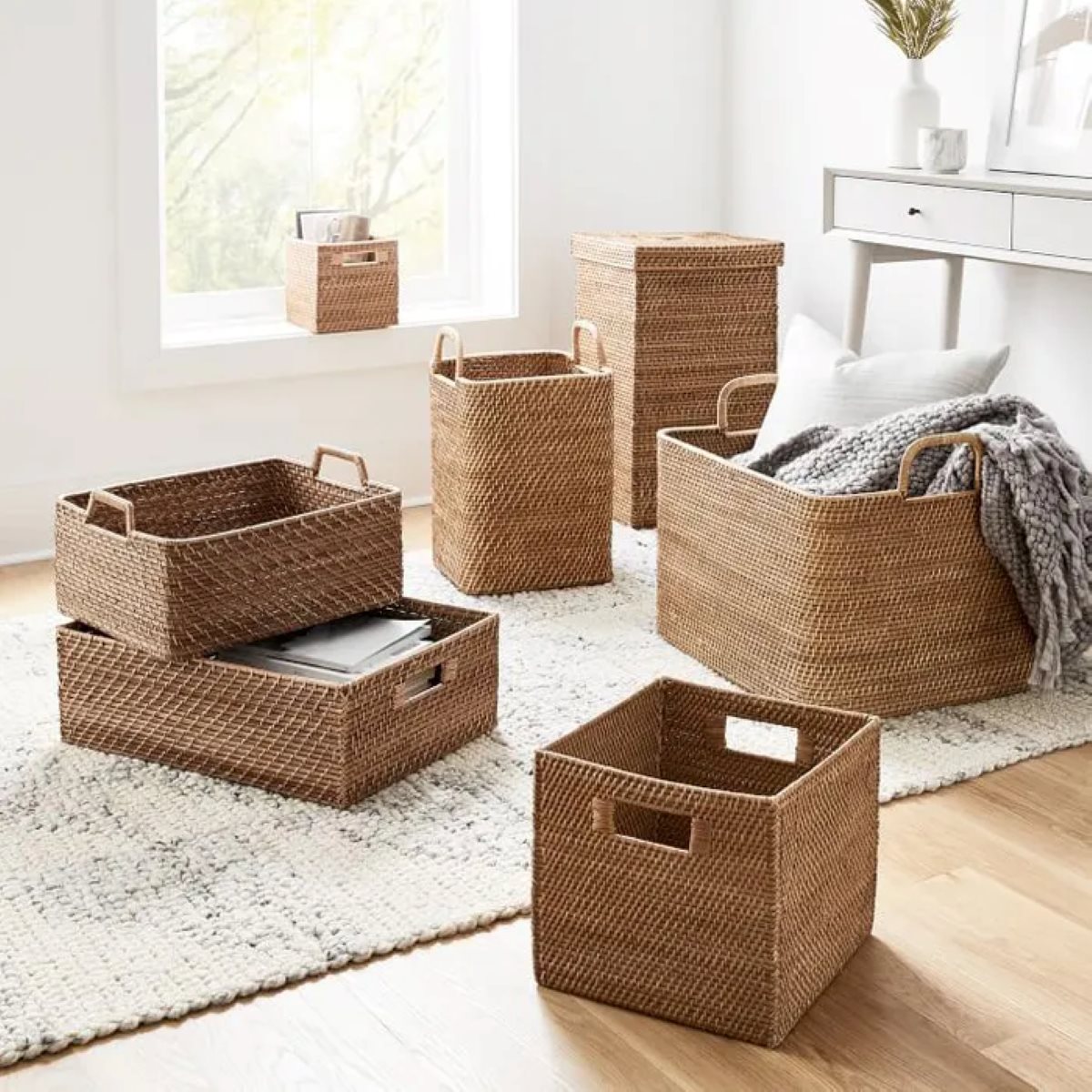
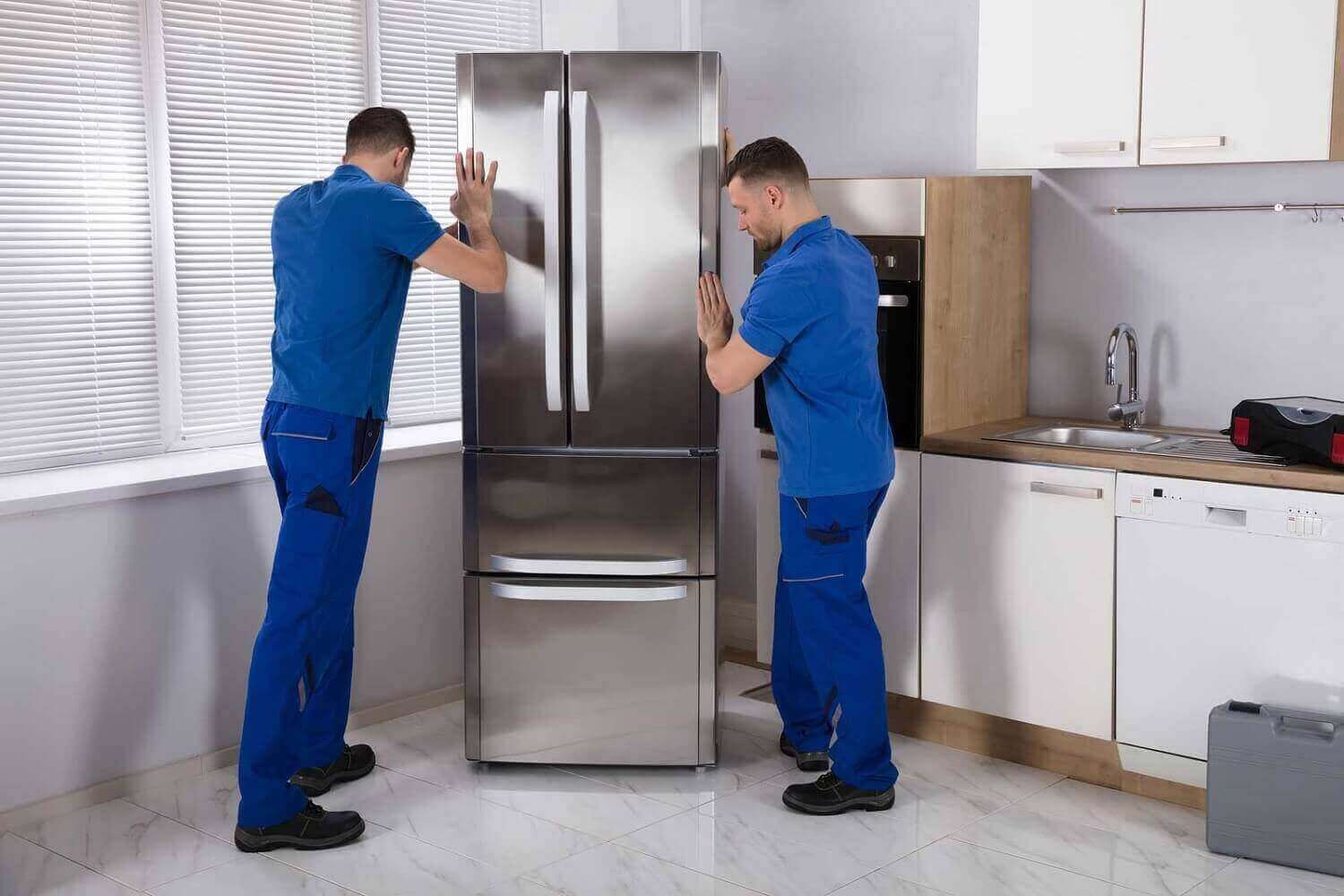
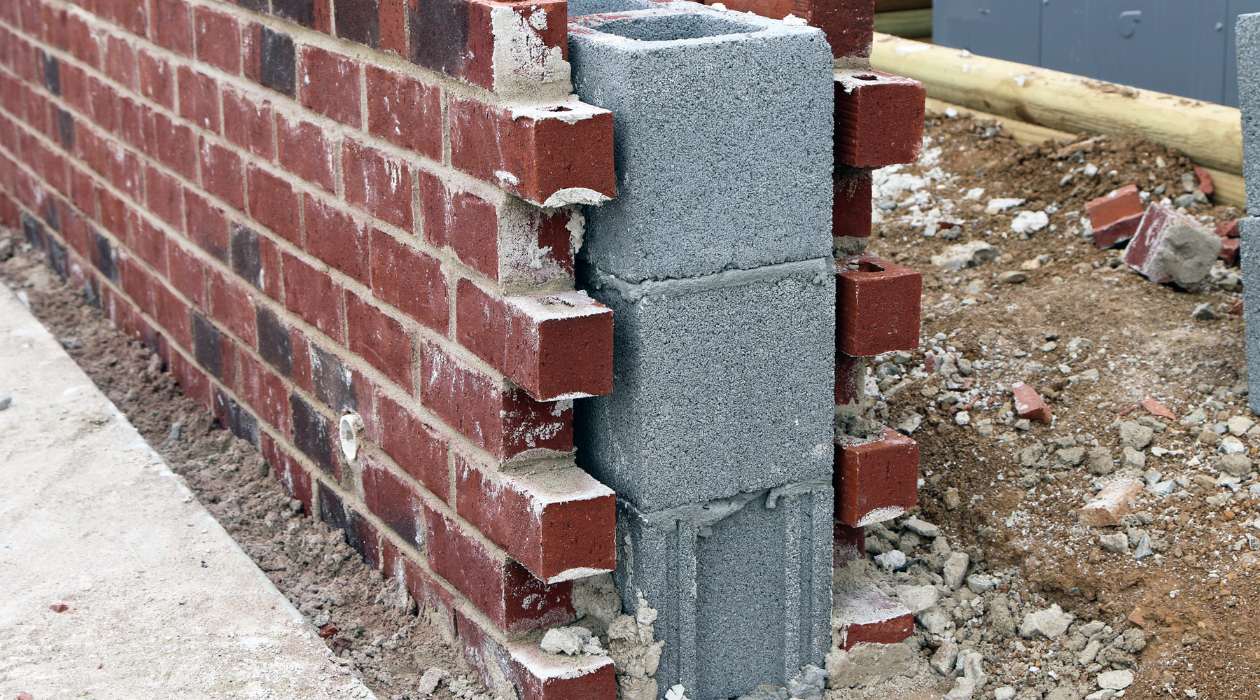
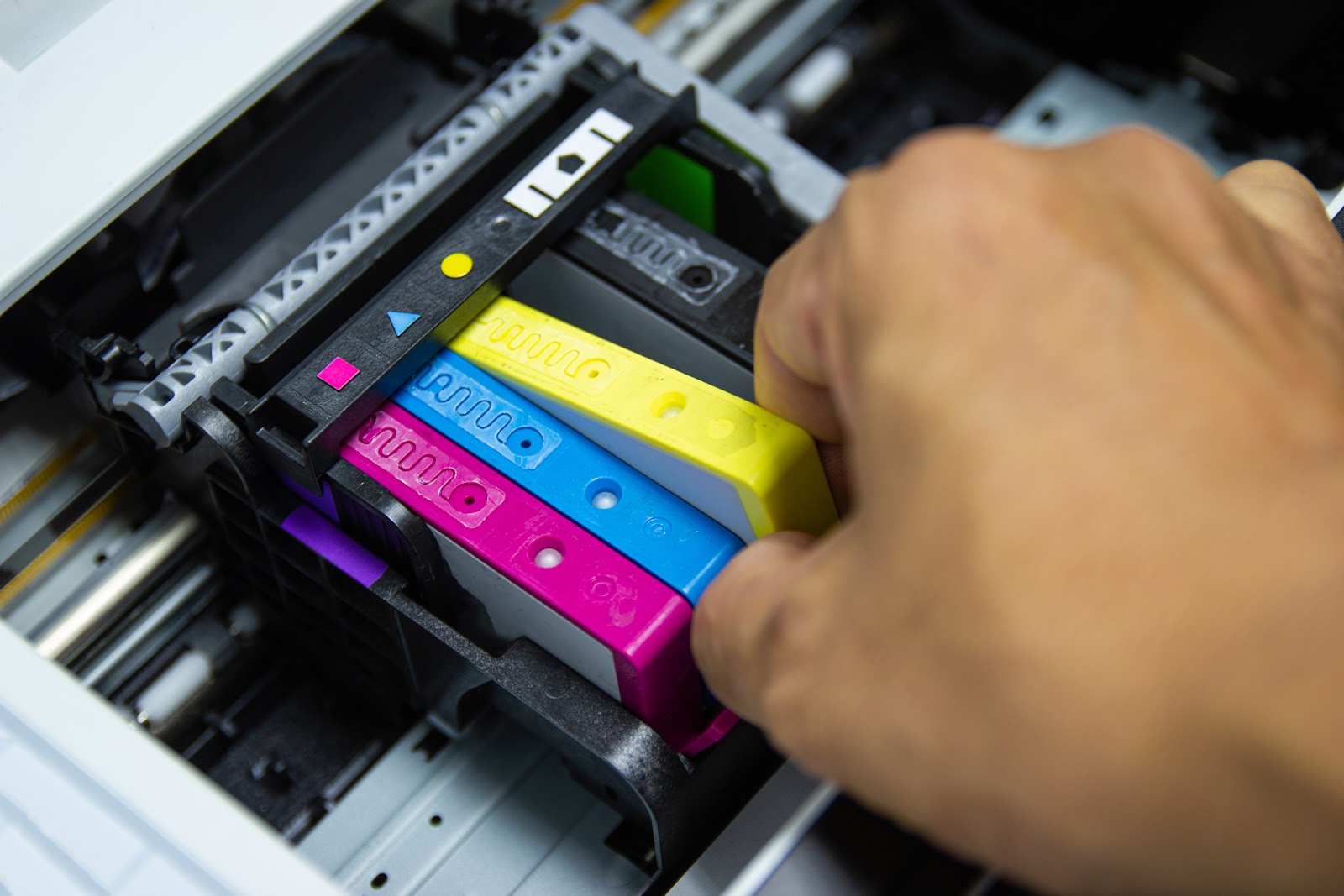
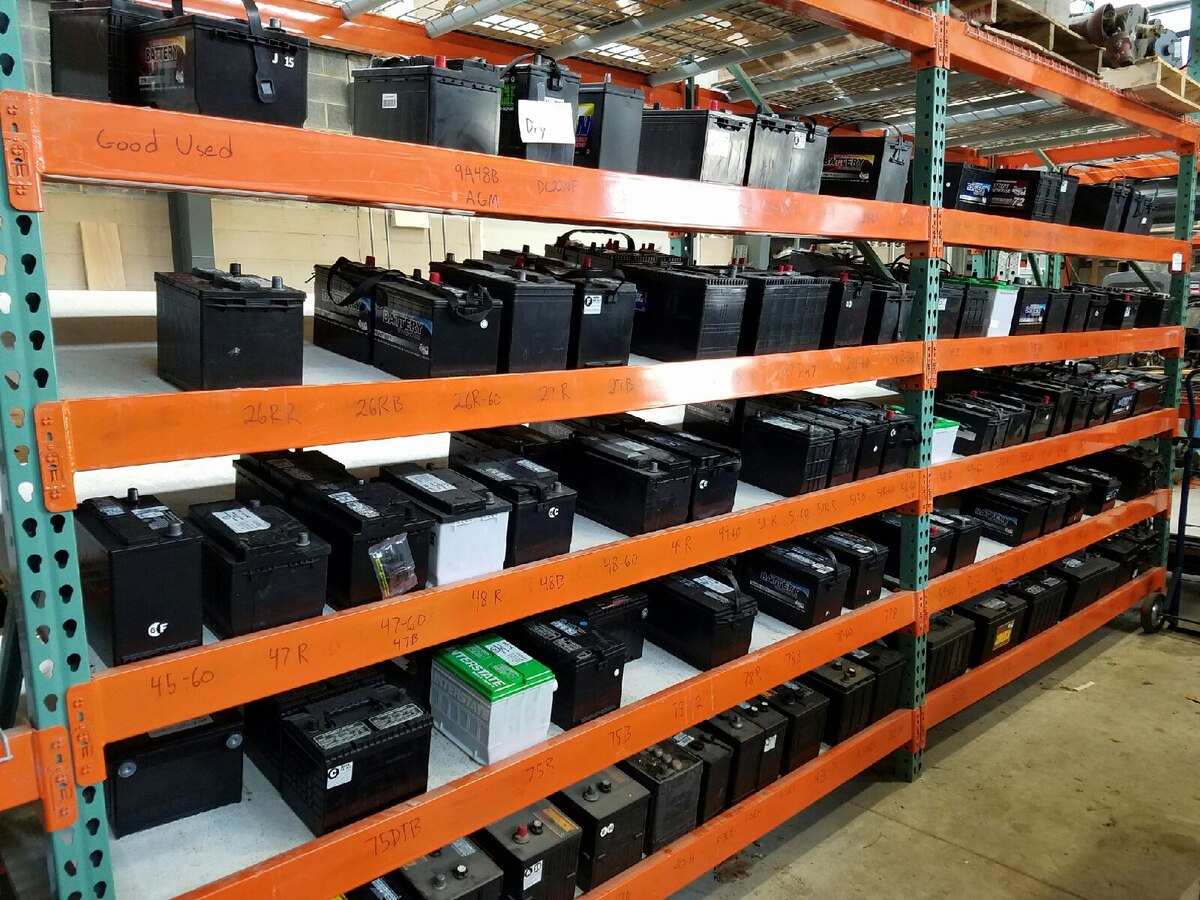
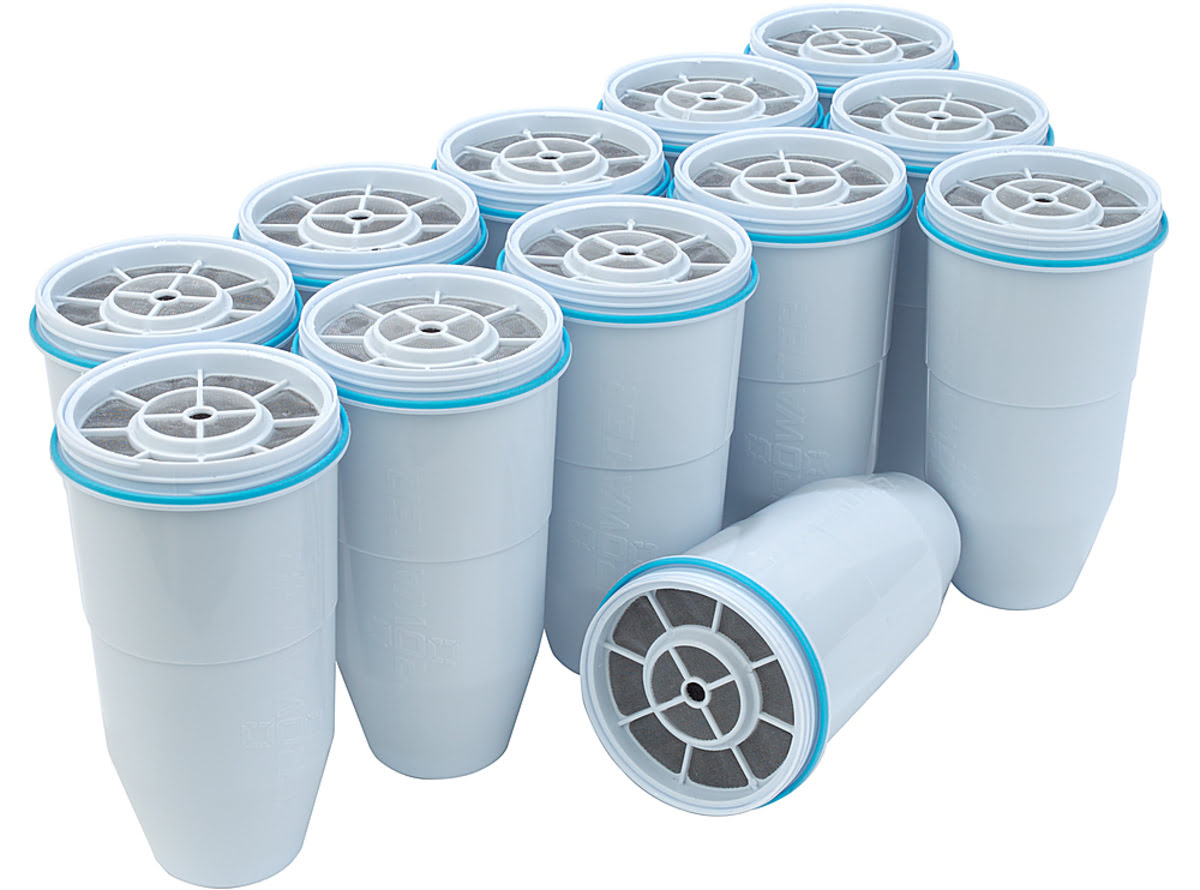
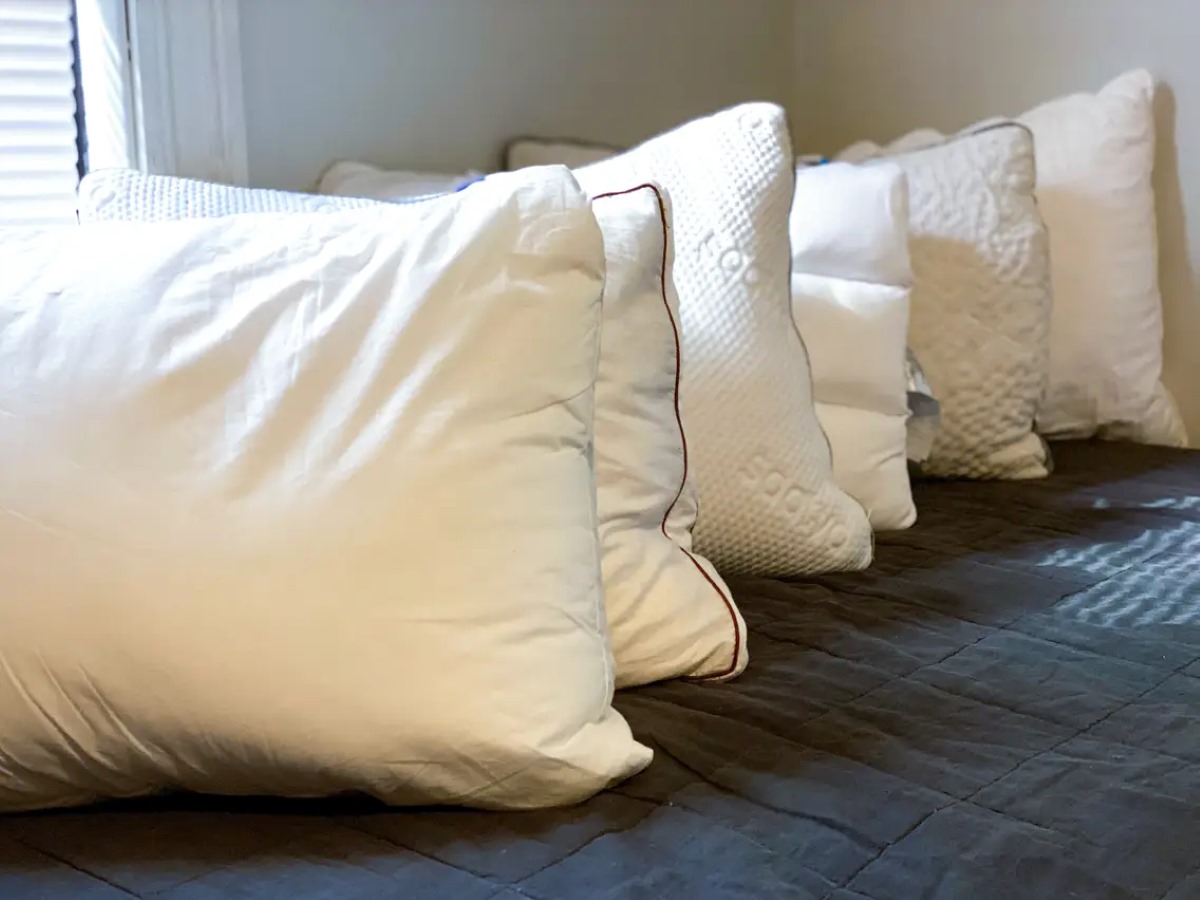
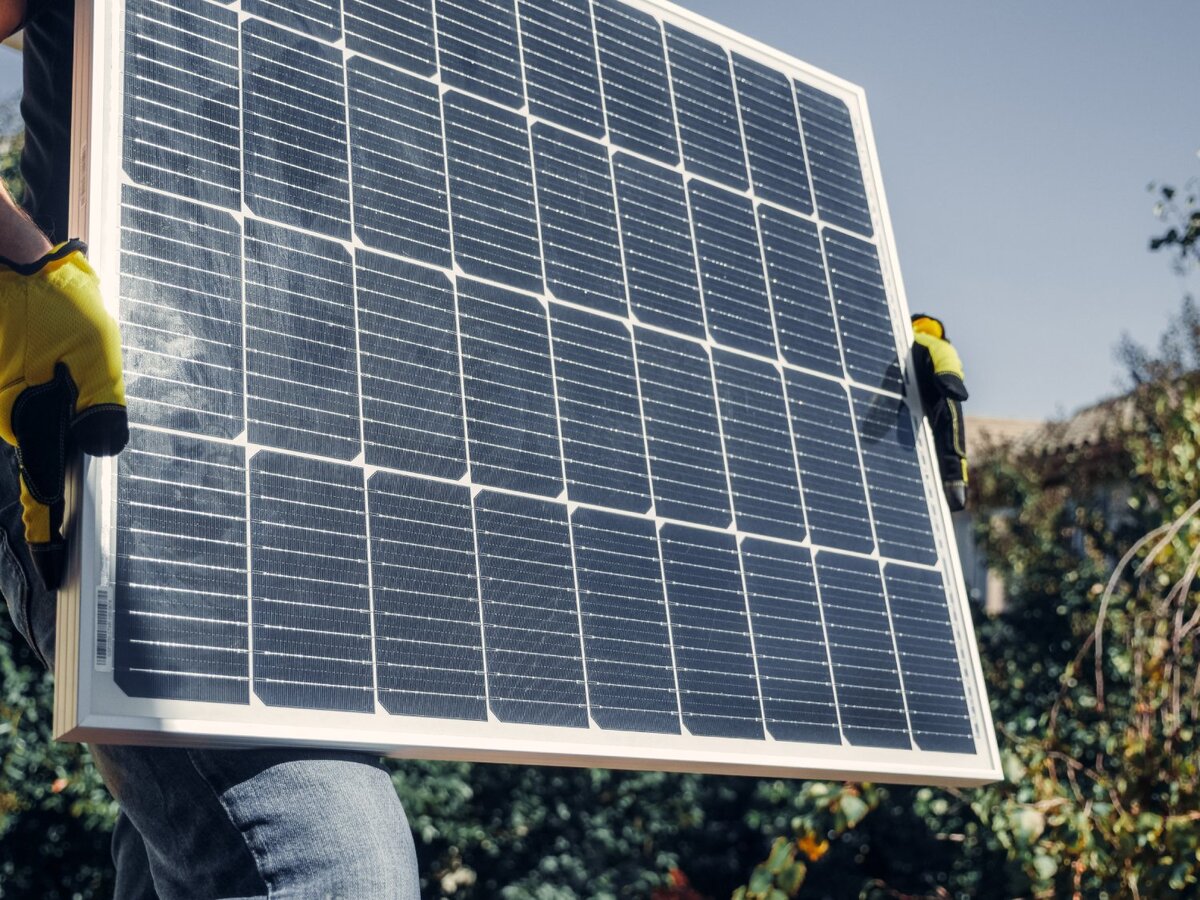
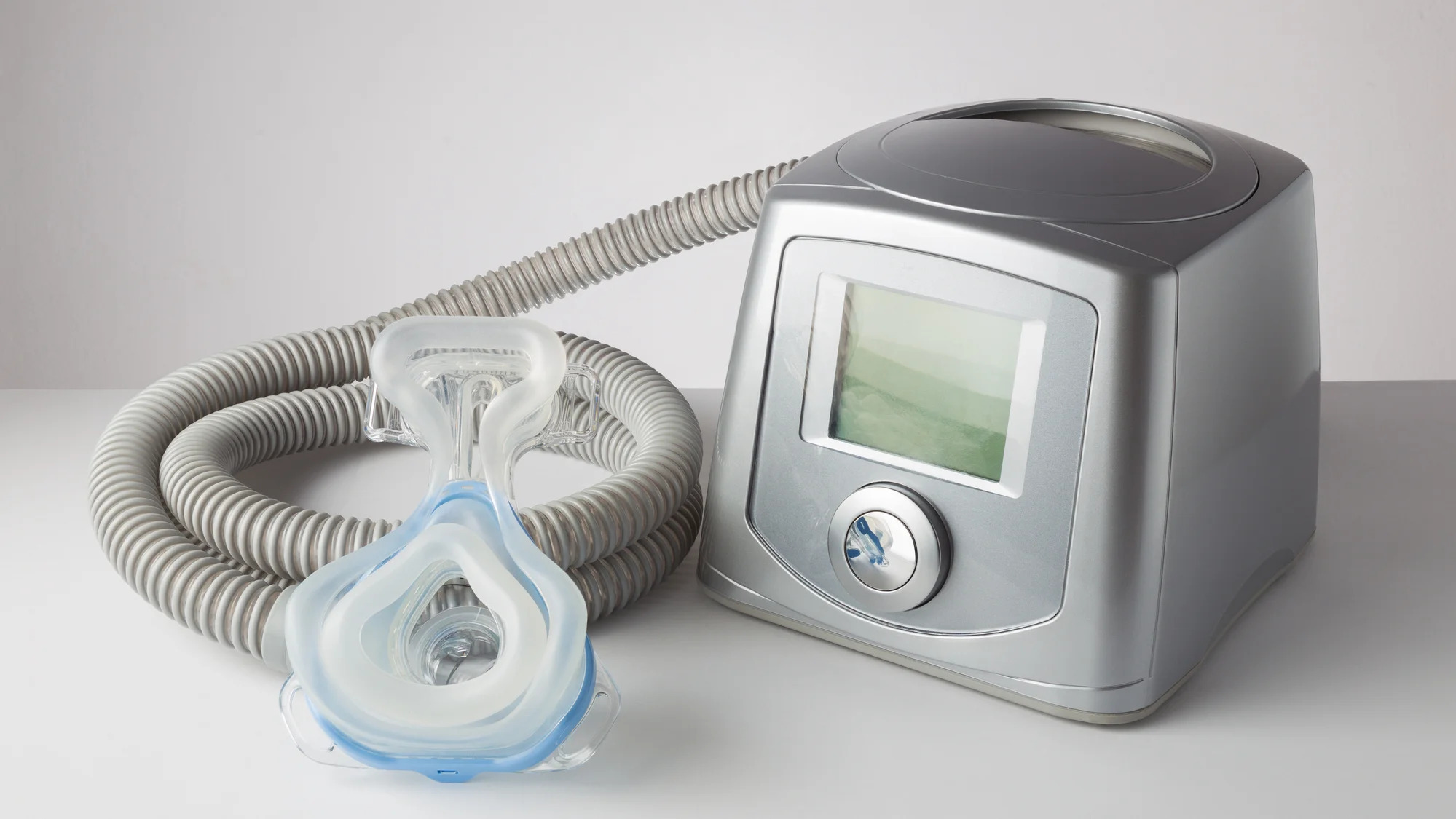
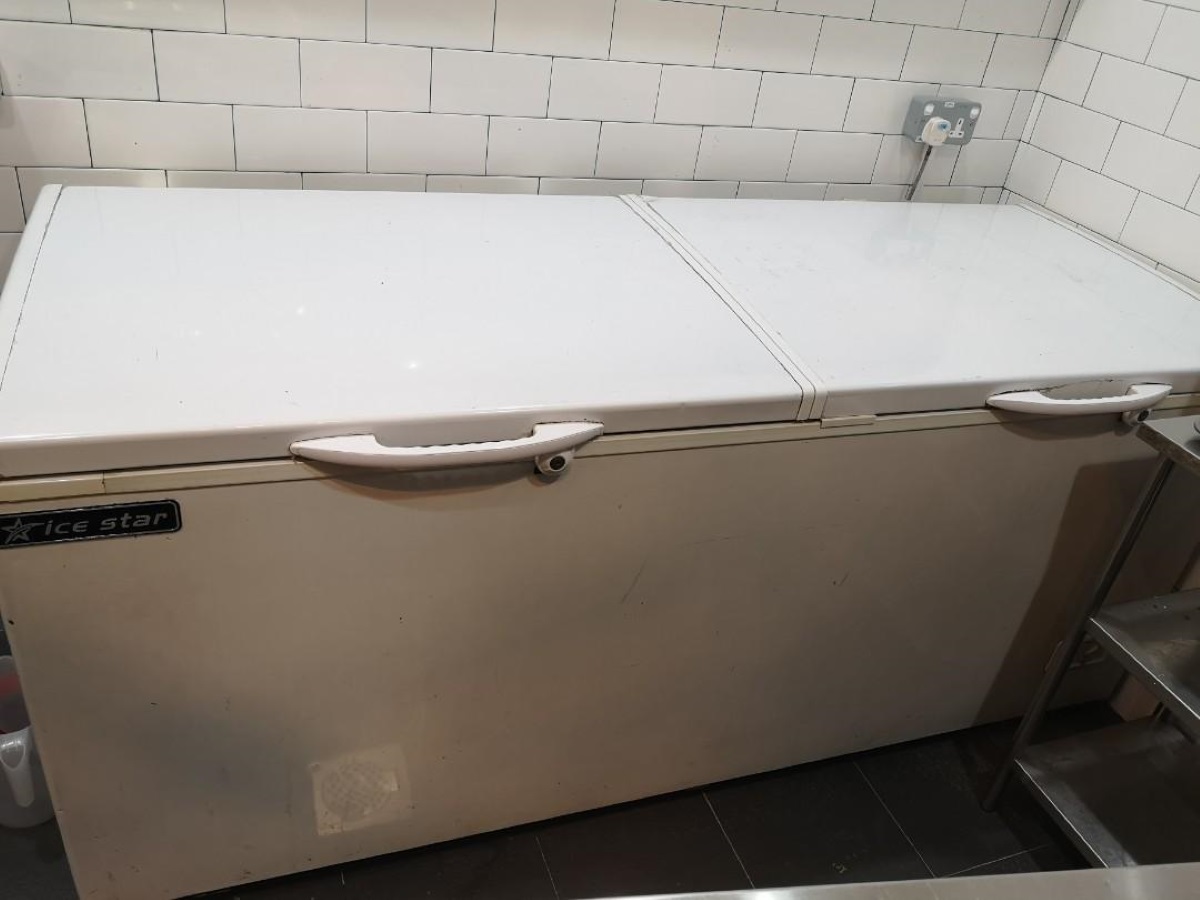
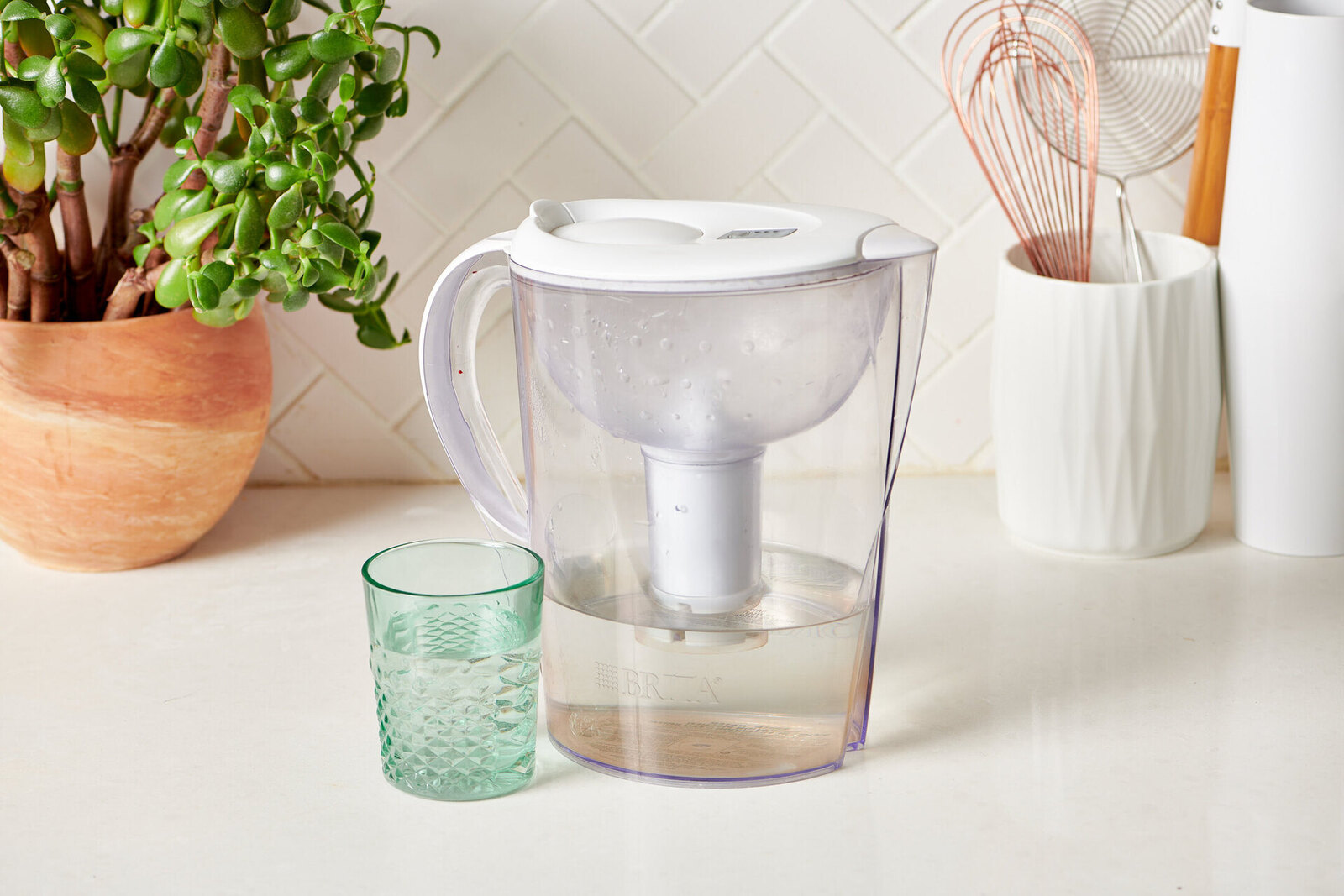
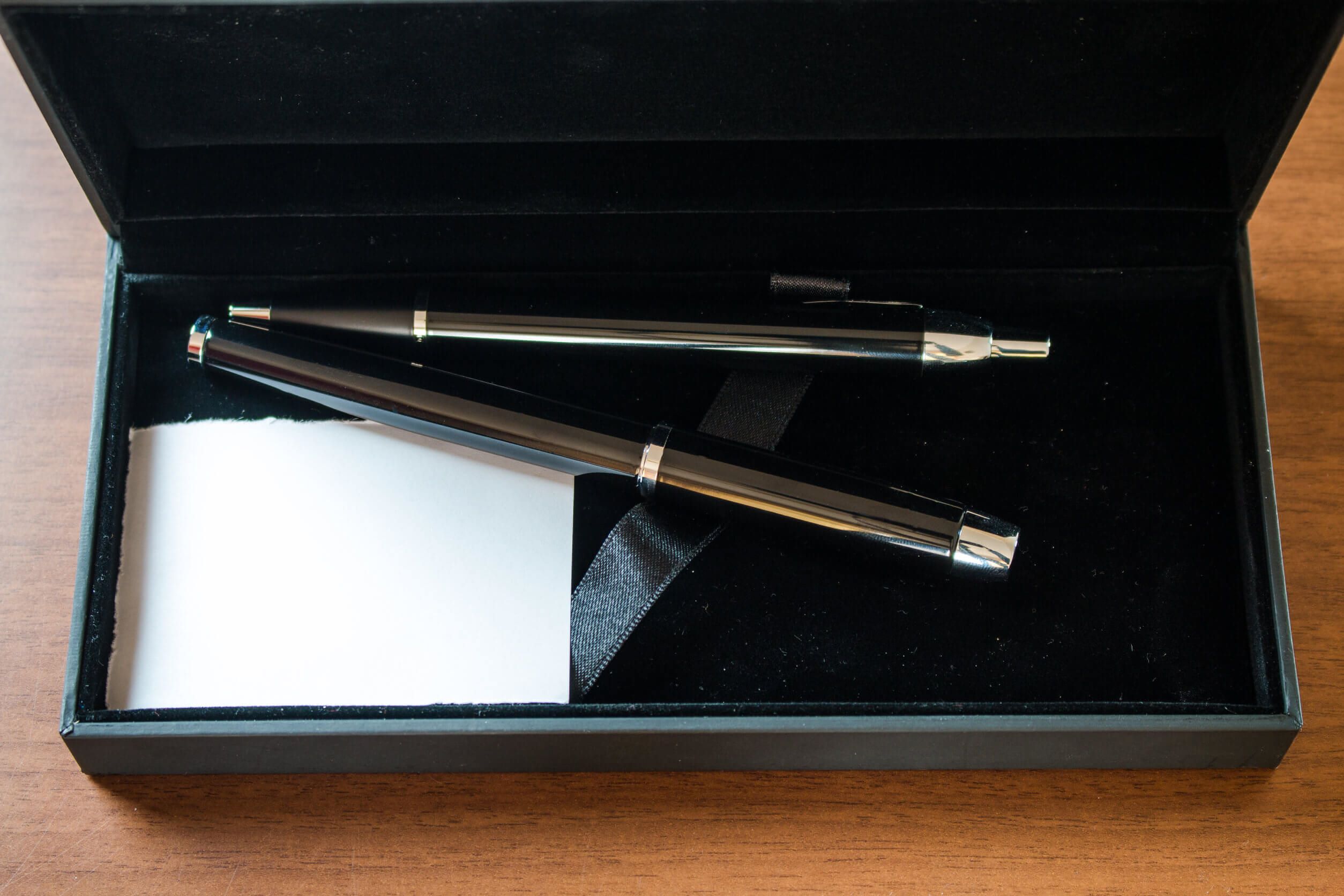
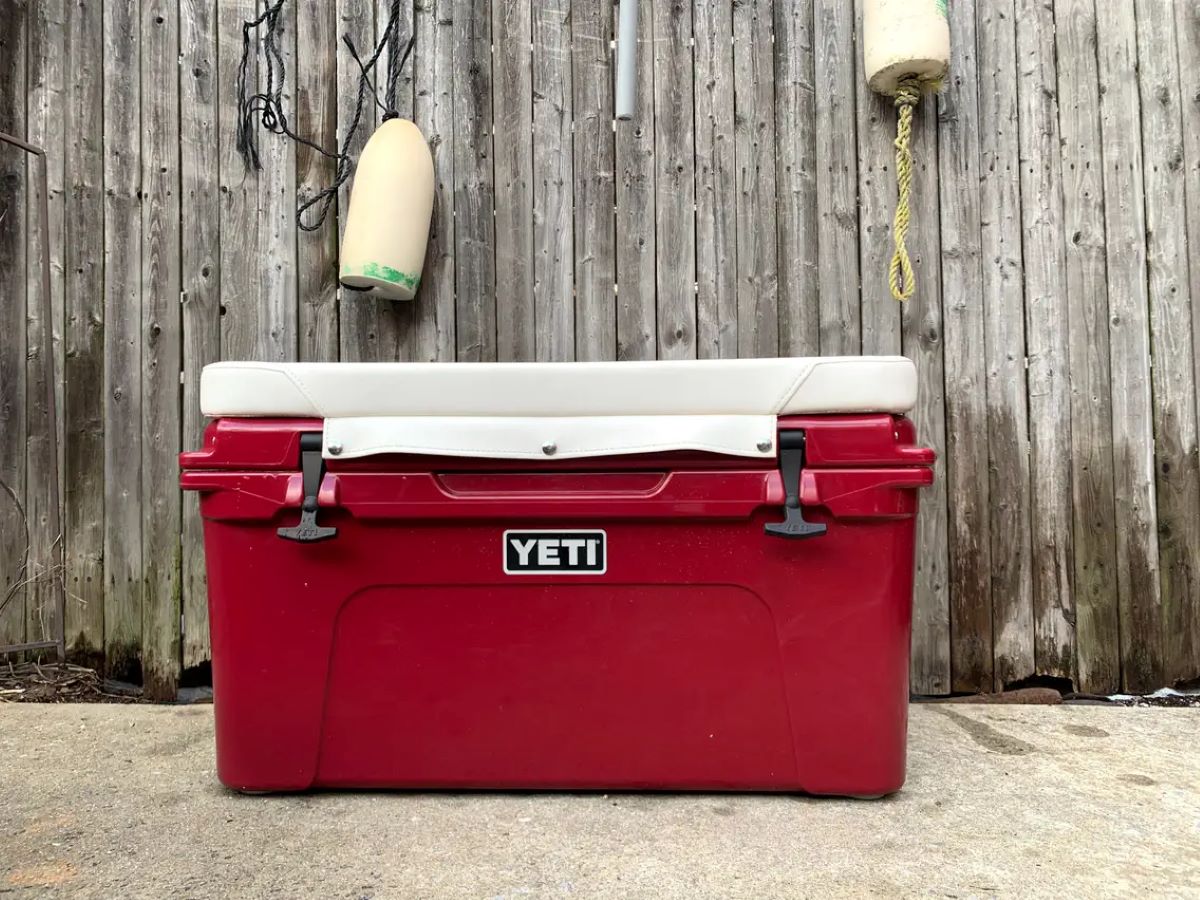

0 thoughts on “How To Store Retainers When Not In Use”